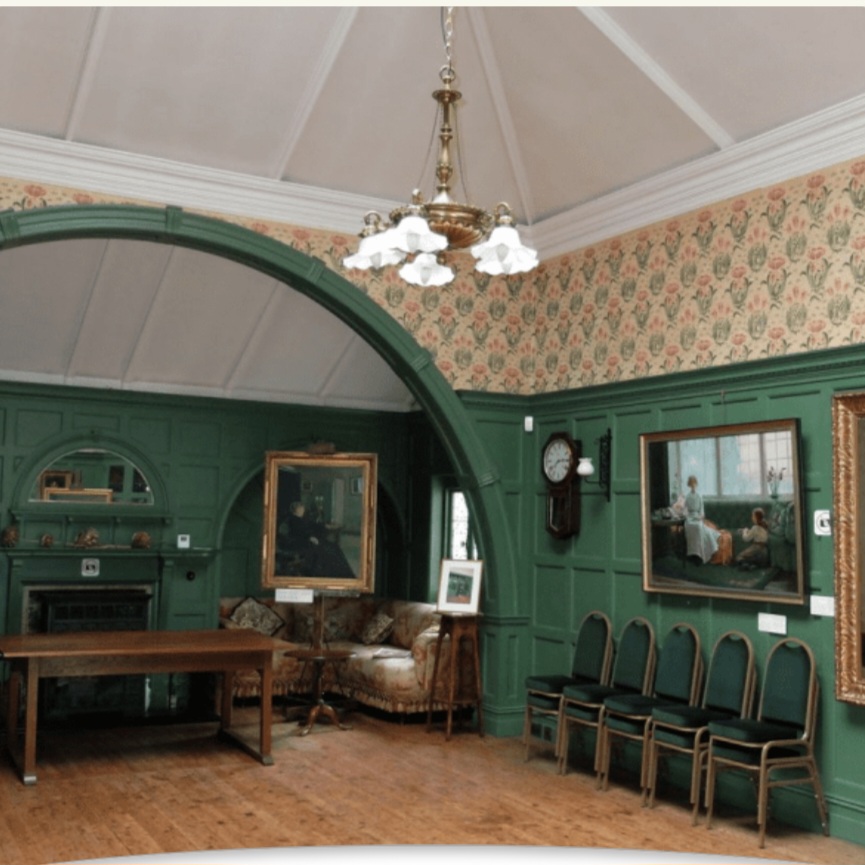The aim of this bed, is to grow many of the plants that were the sources of plant chemicals that are now used in modern medicine. The majority of these plants are poisonous. Today the majority of modern drugs have been synthesised and are synthetically manufactured.
Plants from which modern medicines have been derived

Ammi majus contains the photosensitiser methoxsalen used to treat the skin malignancy mycosis fungoides, and when combined with ultra violet light (PUVA therapy) to treat psoriasis.

Ammi visnaga contains the active principle khellin that led to the synthesis of three major drugs: nifedipine used for angina and hypertension, amiodarone for abnormal heart rhythm and sodium cromoglicate (Intal) for asthma.

Brugmansia suaveolens (Angel’s trumpets) every part of this highly poisonous plant contains the neuroactive trophane alkaloid scopolamine, (hyoscine and atropine) these block the parasympathetic nervous system. In small doses it dries up bronchial and salivary secretions, reduces nausea and speeds up the heart rate. Amongst other uses atropine is used in ophthalmological work to dilate pupils to better examine the eye.

Colchicum autumnale (Meadow saffron) contains colchicine, used to treat gout.

Digitalis species (Foxgloves) contain cardiac glycosides that control abnormal heart rhythm and strengthen heart output. We have Digtialis purpurea (the common foxglove) and Digitalis lanata (the woolly foxglove). Digoxin can be extracted directly from the leaves of this plant.

Ephedra equisetina contains ephedrine and pseudoephedrine. Ephedrine dilates the bronchioles and was used to treat asthma. It was discontinued in 1970 when selective bronchodilators became available. Pseudoephedrine is used in nasal decongestants Benylin and Sudafed and also as an additive to local anaesthetics to prolong vasoconstriction and the length of time lignocaine remains in the tissues.

Filipendula ulmaria (Meadowsweet) in 1835 salicylic acid was isolated from this plant. This was the forerunner to its superior isolation from willow and eventual production of aspirin and topical anti-acne preparations.

Galega officinalis (Goats Rue) is the original source of the biguanides, Phenformin and Metformin used to treat type 2 diabetes.

Hypericum tetapterum (St. John’s-wort) Contains hyperforin and hypericin used to treat light and medium depression.

Lobelia tupa contains lobeline, an alkaloid that has been used as an aid to smoking cessation. It may have use in other addiction treatments but is also known to have hallucinogenic effects!

Papaver somniferum is the ‘opium poppy’. The latex from the unripe capsule is dried to form opium. This contains morphine and its derivative diamorphine (heroin). Both are unsurpassed for the relief of severe pain. Heroin is the major drug of addictive abuse.

Sinopodophyllum hexandrum is used in podophyllin paint compound applied to the skin to treat genital warts.

Taxus baccata (Yew) the needles contain taxanes that are the mainstays of chemotherapy for many solid cancer tumours. Recently they have been used to prevent the cell lining of coronary arteries growing into and blocking stents.
Plants used in traditional medicines

Calendula officinalis (Pot Marigold) the petals were incorporated in dressings to treat wounds in World War I.

Chamomile or Camomile used to make an infusion – a herbal tea.

Hamamelis (Witch-hazel) used in many ‘over the counter’ preparations to soothe minor bruises and skin irritations.

Ricinus communis (Castor oil plant).

Stachys officinalis a herb with historically widespread benefits.

Tanacetum parthenium (Feverfew) has been used for centuries for the relief of fever and headache.

Oenothera biennis (Evening primrose) contains gamolenic acid. This used to be available on prescription for eczema and breast pain.

Verbena officinalis grandiflora (Bampton) has many uses including relief of anxiety and insomnia.

Let us not forget Nicotiana sylvestris (Tobacco) the biggest killer in the plant kingdom.
Please note that not all of these plants may be represented at any one time.
The photographs designated with an asterisk are kindly provided by the Hardy Plant Society picture library,








